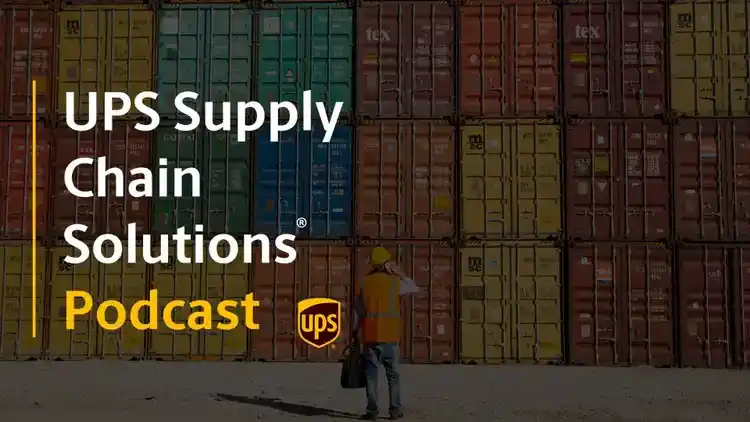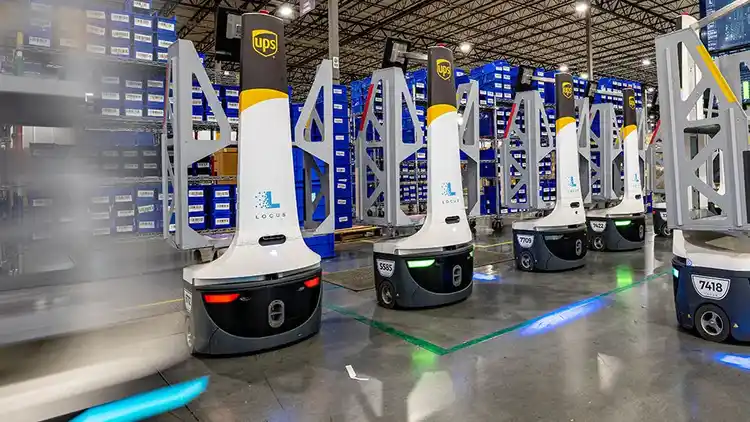Why Nearshoring is Reshaping Supply Chains in 2025

Explore the growing trend of nearshoring and its catalysts, benefits, challenges and opportunities. With special attention to nearshoring in Mexico and China, we’ll provide insights on how businesses can capitalize on shifting global supply chain dynamics in 2025.
What Is the Definition of Nearshoring?
What’s the Difference Between Nearshore (Nearshoring) vs. Offshore (Offshoring) vs. Reshore (Reshoring) Operations?
Offshoring means to move your business’ operations to another country. This term became popular in the 1970s and 1980s as more and more companies moved their operations overseas to improve efficiencies and reduce their labor costs. For example, moving a manufacturing operation from the United States to China.
Nearshoring is a subset of offshoring, but instead of moving operations to another country, businesses are moving their operations to a country nearby their home country. An example of this is moving the manufacturing operation from China to Mexico, a nearby country of the United States.
Offshoring
Offshoring is when a company moves part of its work to another country, usually far away, to save money or use special skills. This term became popular in the 1970s and 1980s, as more and more companies moved their operations overseas to improve efficiencies and reduce their labor costs. For example, moving a manufacturing operation from the United States to China.

Nearshoring
Nearshoring is a subset of offshoring, but instead of moving operations to another country, businesses are moving their operations to a country near their home country. An example of this is moving the manufacturing operation from China to Mexico, a nearby country to the United States.

Reshoring
Reshoring, also known as onshoring, is when a company moves work or production back to its home country after having it done in another country. Reasons for reshoring can include rising transportation costs, geopolitical challenges, supply chain constraints or instability and increased labor costs.

Why is Nearshoring Trending?
The US has seen shifts in its foreign trade policies and tariffs in recent years, especially related to China, and there is potential for this to grow in the future. The US incoming administration has indicated plans to focus on reducing reliance on China and other international manufacturing centers as part of its supply chain strategy. This may include implementing higher tariffs on imported goods, with particular emphasis on imports from China1. In response, businesses are likely to explore strategies such as nearshoring to diversify supply chains and minimize potential trade disruptions.
Nearshoring in Mexico
In 2023, Mexico became the United States' top trading partner2, and it’s likely to stay that way. For many US companies, Mexico is now a popular choice for nearshoring, thanks to a few key reasons:
- Proximity Saves Time and Money: Compared to Asia or Europe Mexico’s neighboring location to the U.S. cuts transportation costs and reduces delivery times.
- Faster Shipping: Fast shipping times are essential for an eCommerce business to meet customer expectations. Nearshoring to Mexico enables faster shipping compared to sourcing products from Asia or other distant regions.
- Tax Incentives: Since the Section 301 tariffs went into effect in 2018, there has been a big reconsideration for companies shipping from Asia to the United States. By setting up a nearshore solution in Mexico or a close neighboring country, companies can alleviate the impact of Section 301 tariffs and take advantage of the USMCA free trade agreement between Mexico and the United States.
- Environmental and Sustainability Goals: Shipping from Mexico uses less fuel than from overseas, contributing to a reduced carbon footprint.

Nearshoring in Asia-Pacific: China Plus One
Another trend in global trade lane shifts is the "China Plus One" strategy. This approach involves companies expanding their operations to an additional country, such as Mexico, while maintaining their existing presence in China. This strategy aims to diversify supply chains, reduce tariffs, and minimize risk.

What Are the Benefits of Nearshoring?
Nearshoring continues to be a strategic initiative for many companies. It combines cost efficiency and improved logistics, making it an attractive option for businesses looking to optimize their supply chains.
Nearshoring can help companies prioritize their ESG (Environmental, Social and Governance) initiatives.
- Environmental. A benefit of sourcing materials from neighboring countries is companies are reducing their carbon footprint. By sourcing materials from their local regions, companies aren’t having to ship materials as far, leading to a reduction in their carbon footprint.
- Social. Intellectual Property has been a concern with sourcing from China and is one of the reasons that the Section 301 tariffs were originally established. With sourcing materials in other countries outside of China, it reduces the risk that your intellectual property will be compromised.
- Governance. The United States has placed a large focus on forced labor, specifically coming out of China with the Uyghur Forced Labor Prevention Act. By sourcing materials outside of China, this reduces the chance that products in a company’s supply chain could be made with forced labor. Also due to the stricter labor regulations included in USMCA, companies can have more confidence that their supply chains aren’t promoting forced labor.
Things to Consider When Setting Up a Nearshoring Solution
Making a capital investment towards nearshoring is a lot easier said than done. UPS can help you develop that long-term strategy, but for now, here are some things that you might want to consider before exploring a Nearshoring solution further.
Proprietary Nature of Your Product
The proprietary nature of your product is critical when considering Nearshoring. Simple, common processes like machining or injection molding are easier to relocate. Complex products aren’t excluded but need more assessment.
Information and Process Management
Consider how you manage fulfillment. Key factors include criteria for fulfillment decisions (e.g., cost, transit time), ensuring orders go to the right facility, and accurate inventory tracking. UPS can help optimize your Nearshoring network.
Regulatory Provisions and Implications
Nearshoring requires attention to regulatory compliance. If your product uses parts from multiple countries, you must track each part’s country of origin to avoid classification issues. If you don’t have an internal team to handle this, UPS Supply Chain Solutions can help.
More Nearshoring Resources

Introduction to The Trade Lane Shift
This podcast discusses the factors that led to nearshoring becoming a popular supply chain topic and why this phenomenon has received increased attention in recent years.

Setting Up a Nearshoring Solution
Listen to Jose Garcia, Vice President of LATAM for UPS Supply Chain Solutions identify what it takes to set up a near-sourcing or near-manufacturing operation.

Realities of Nearshoring
Listen to learn about the nearshoring trend, its benefits and challenges and what to consider to successfully move your supply chain closer to home.
UPS Supply Chain Solutions Services

Ground Freight
Ground freight is an essential part of a nearshoring solution. Trust our reliable less-than-truckload and truckload services to be on time and on budget.

Warehousing & Distribution
If you are setting up a nearshoring solution for your company, you need a warehousing provider with expertise, facilities infrastructure and supply chain technology to help you achieve your goals.

Supply Chain Technology
Supply chains are constantly changing. You need supply chain technology that scales with your business, and we have it already ready for you.
1. Neuffer, Philip. “Trump Is Promising New Tariffs. How Are Companies Preparing?” Supply Chain Dive, 2 Jan. 2025, www.supplychaindive.com/news/trump-tariff-preparation-guide-retail-manufacturing/735822/.
2. Buchholz, Katharina. “Infographic: Mexico Biggest U.S. Trading Partner in 2023 To-Date.” Statista Daily Data, 25 Sept. 2023, www.statista.com/chart/7749/most-important-trading-partners-of-the-united-states/.
